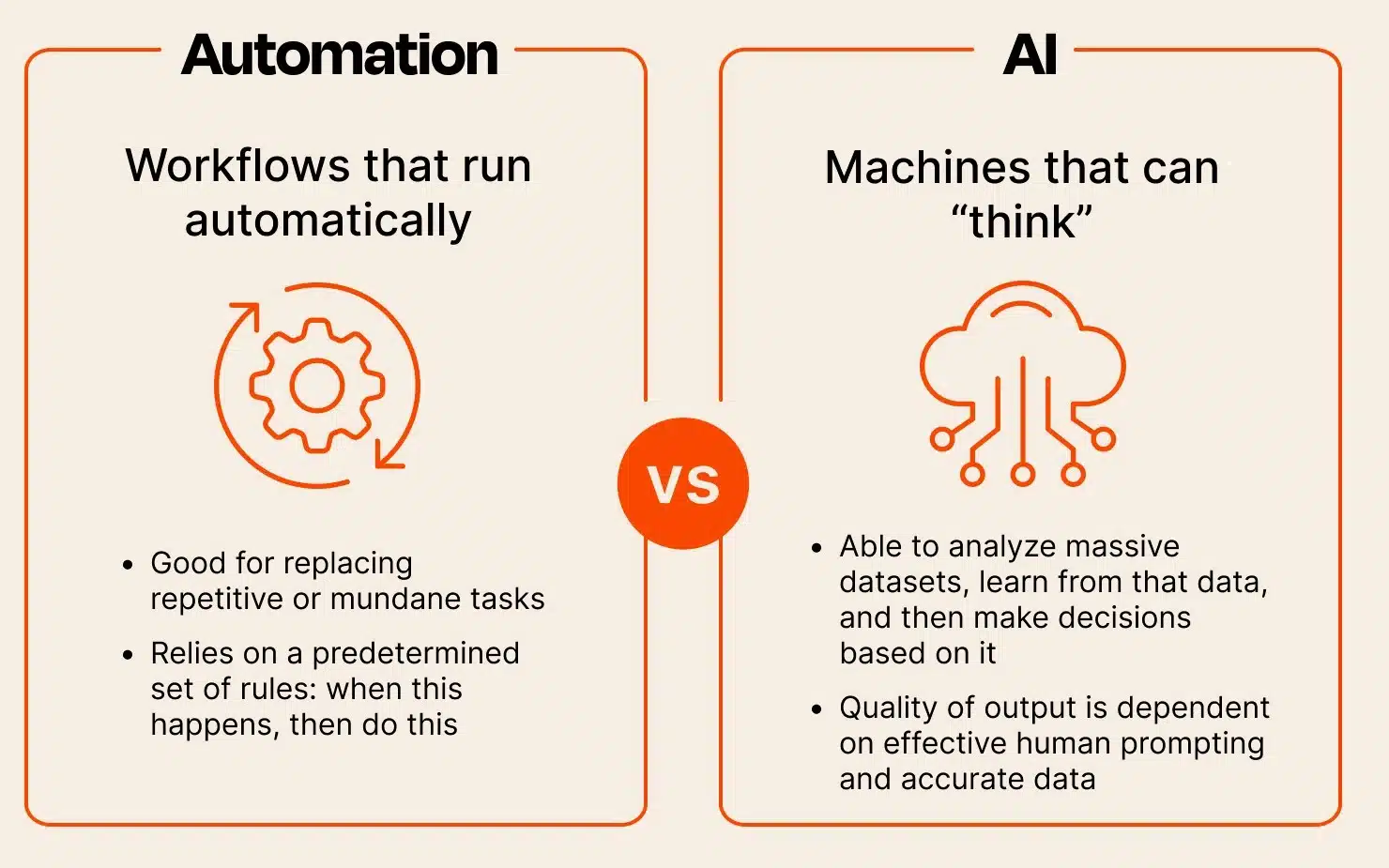In today’s fast-paced digital world, businesses of all sizes are under constant pressure to increase efficiency, reduce costs, and deliver better customer experiences. One of the most effective ways to achieve these goals is through the use of automation solutions. Whether you run a small e-commerce store or manage large-scale operations, automation can help you save time, minimize errors, and increase productivity.
This guide is designed for beginners who want to understand automation from the ground up. We’ll cover what automation is, the different types of automation, how it relates to artificial intelligence (AI), the stages of implementation, and even how to start a career in automation.
What is an Automation Solution? A Beginner’s Guide
At its core, an automation solution refers to any system, process, or tool designed to perform repetitive tasks with little to no human intervention. Instead of relying on manual input, automation uses pre-defined rules, software, or machines to complete work efficiently.
Purpose of Automation
- Time Savings → reduces time spent on repetitive tasks.
- Accuracy → minimizes human errors.
- Cost Efficiency → lowers operational costs.
- Scalability → enables businesses to grow without proportional increases in workload.
Problems Automation Solves
- Data entry errors
- Customer support delays
- Order management inefficiencies
- Inventory mismanagement
The Four Types of Automation: A Detailed Breakdown
Automation isn’t “one size fits all.” Businesses use different types depending on their needs.
Fixed Automation
- Used for highly repetitive tasks.
- Example: Automated assembly lines in factories.
Programmable Automation
- Allows adjustments for different product batches.
- Example: Configuring machinery for custom product runs.
Flexible Automation
- Quickly adapts to changes without reprogramming.
- Example: Robotics that can switch tasks in real time.
Integrated Automation
- Combines multiple systems into one seamless workflow.
- Example: Linking your WooCommerce store with payment gateways, shipping software, and customer emails.
💡 Remember the 4 D’s of Automation: Automate tasks that are Dirty, Dangerous, Dull, or Difficult.
Automation vs. AI: What’s the Difference and How Do They Work Together?
Many people confuse automation with artificial intelligence, but they are not the same.
- Automation → Executes tasks based on pre-defined rules.
- AI (Artificial Intelligence) → Learns from data, adapts, and makes predictions.
Example
- Automation: A system automatically sends invoices to customers.
- AI: A system analyzes invoices and flags potentially fraudulent activity.
When combined, automation and AI create intelligent automation—a powerful approach that improves efficiency while adding decision-making capabilities.

From A to Z: The 4 Stages of Implementing an Automation Solution
Successfully adopting automation requires a step-by-step approach:
Analysis
- Identify processes that are repetitive, error-prone, or time-consuming.
Design & Planning
- Select the right tools, estimate costs, and design workflows.
Implementation
- Deploy the automation system, test it, and ensure compatibility with existing processes.
Optimization
- Continuously monitor performance, fix issues, and scale as your needs grow.
How to Learn Automation: A Roadmap to a Career in Tech
Automation is not just transforming businesses—it’s also creating new career opportunities. If you’re interested in becoming part of this growing field, here’s how you can start:
Skills to Learn
- Programming Basics → Python, JavaScript, or C#.
- Workflow Logic → Understanding processes step by step.
- Tools → Robotic Process Automation (RPA), APIs, and cloud platforms.
- AI Integration → Basic machine learning and data handling.
Resources
- Online learning platforms (Coursera, Udemy, edX).
- Certification programs in RPA and AI.
- Open-source tools to practice with (UiPath Community, Zapier, Automate.io).
Career Opportunities
- Automation Engineer
- RPA Developer
- Process Analyst
- AI & Automation Consultant
💡 Starting a career in automation means entering a future-proof field with high demand and long-term growth potential.
Conclusion
Automation solutions are no longer optional—they are essential for businesses that want to stay competitive in the digital age. From streamlining repetitive tasks to integrating with advanced AI, automation empowers organizations to achieve more with less effort.


